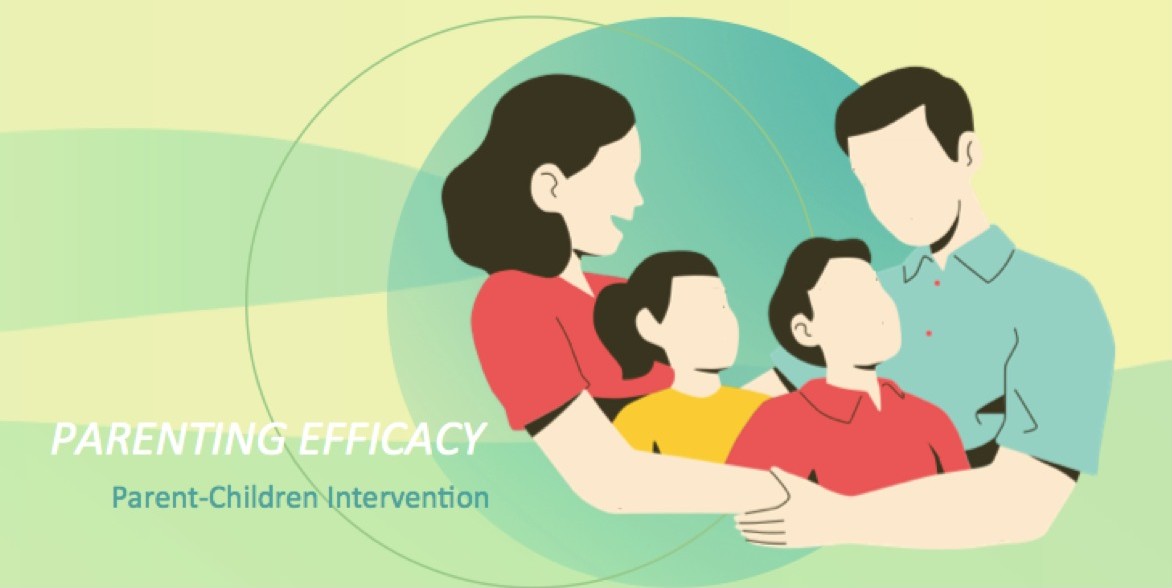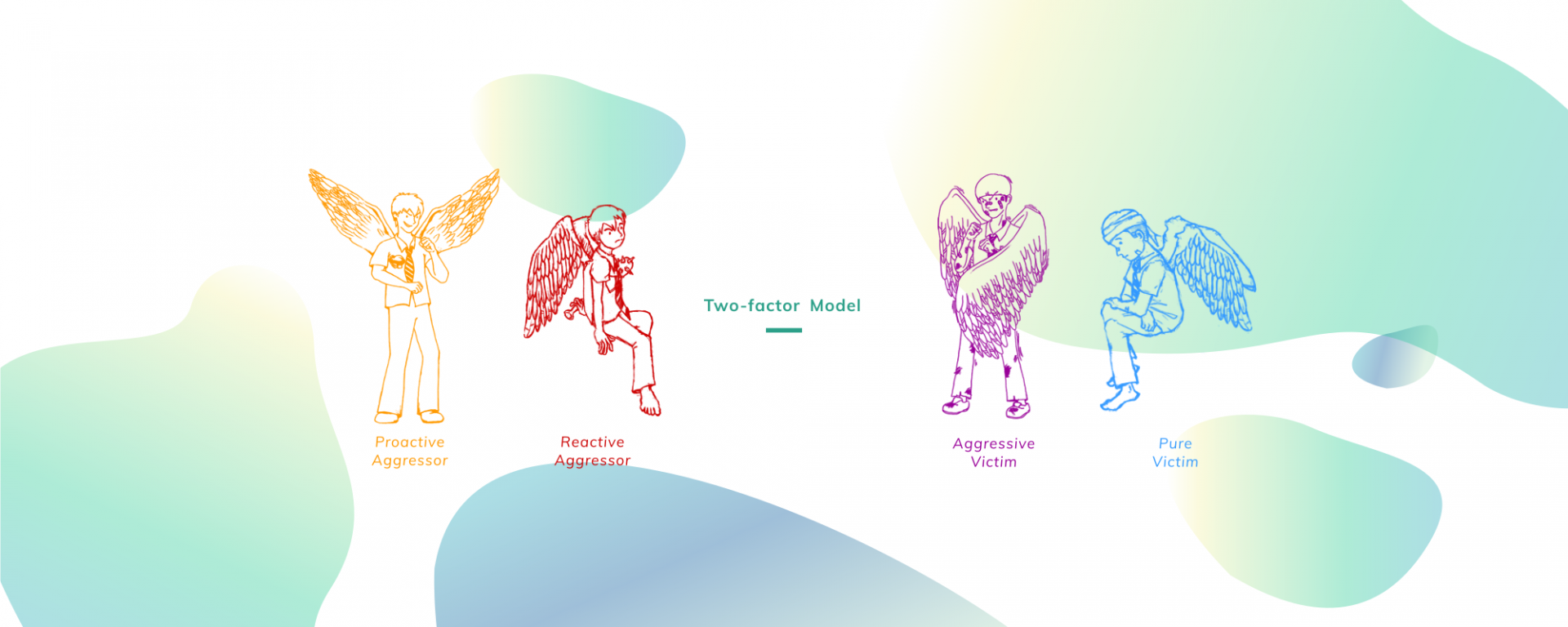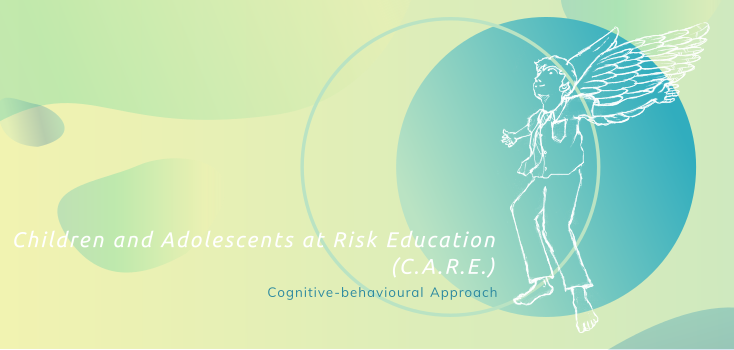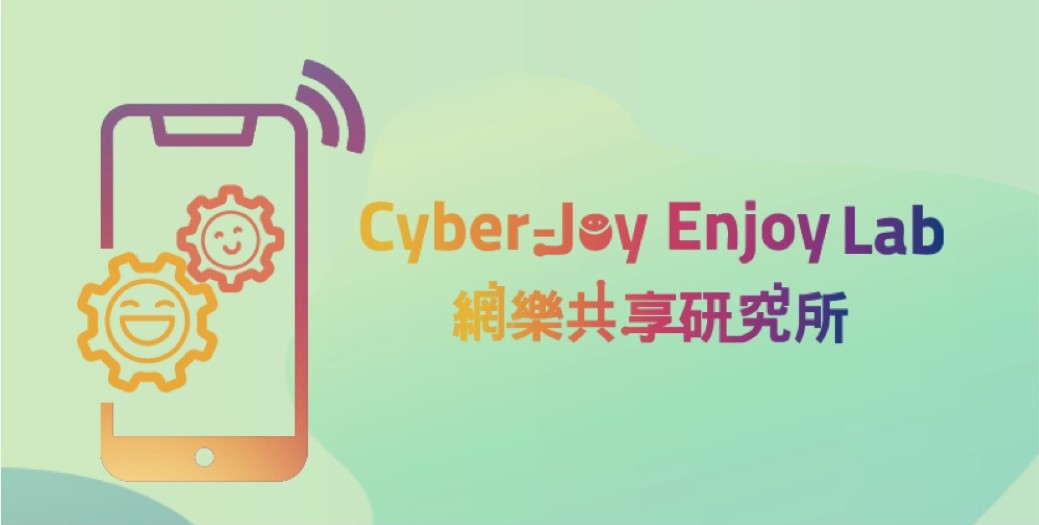C.A.R.E. Lab
Children At Risk Education
The C.A.R.E. Lab at CityU focuses on the aggression and victimisation of children, particularly the Two-factor Model of Aggression. We have implemented several therapeutic projects in over 120 primary and secondary schools in Hong Kong. The lab has been supported by grants from the Quality Education Fund (QEF), Grant Research Fund (GRF), and CityU Internal Fund.
Signature Projects
Cyber-Joy Enjoy Lab
Emotional-Focused Therapy
aiming at promoting cyber-joy on campus and providing accessible campus-based counselling services and psychological support among undergraduates and academic staff at City University of Hong Kong. It focuses on raising students’ awareness of the impact of cyberbullying and enhancing their problem-solving competence.

Parenting Efficacy
Social Learning Approach
2021-2023
General Research Fund
HKD $604,800
Message from Dr. Annis FUNG

In a 2017 worldwide survey of 540,000 schoolchildren in 72 countries and regions conducted in 2015, the rate of school bullying in Hong Kong is higher than anywhere else in the world. 32.3% of approximately 5,000 students surveyed reported that over the period of a month they had suffered various forms of school bullying. This is three times the number of cases of self-reported bullying in Taiwan (10.7%) and nearly a double (18.9%) that of the US. The number reflected Hong Kong students encounter dangerous situations, as well as being a poor predictor of rates of violence and crime in Hong Kong.
A correct approach in defining bullies and victims is extremely important in combating bullying acts. I call bullying any well-planned action intended to harm somebody, including physical violence, verbal threats and discrimination, in order to gain a benefit or reward. I would say that violence is not the same as bullying, which has a plan and a purpose, and the benefit gained may not be tangible but can often include a sense of power or control. People who get involved in aggressive incidents fall into two subtypes of the aggressor: the cold-blooded, goal-oriented proactive aggressor and the impulsive, hot-headed reactive aggressor. The latter is often misunderstood as what I call real bullies, they are defensive revengers manifesting with same formats of aggressive behaviour, but they are not bullies at all. Of course, there are some found with co-occurring reactive and proactive aggression, which is the most serious and high-risk group of aggressive behaviour in schools and society. Therefore, it is very significant to develop early interventions with scientific evidence-based effective outcomes for reducing reactive and proactive aggression as well as aggressive and pure victimisation among schoolchildren and adolescents in Hong Kong.
Grants
Group Storytelling Intervention Based on Social Information Processing (SIP) Model to Reduce Reactive and Proactive Aggression in Young Schoolchildren
General Research Fund (GRF), University Grant Council (UGC), Principal Investigator
2018-2020, HK$717,360
Omega-3 Supplementation to Reduce Externalizing Behaviour Problems in Risk-taking Adolescents: A Randomized, Placebo-controlled, Double-blind Trial
General Research Fund (GRF), University Grant Council (UGC), Principal Investigator
2015-2018, HK$761,183
Traditional Chinese Martial Arts Training in Reducing Aggression: An Evidence-based Evaluation on the Effectiveness of Traditional Chinese Martial Arts Training in Reducing Schoolchildren Aggression
General Research Fund (GRF), University Grant Council (UGC), Principal Investigator
2014-2017, HK$410,225
C.A.R.E. Home Cares Children and Adolescents At Risk Education
Knowledge Transfer Earmarked Fund, University Grant Council (UGC), Principal Investigator
2012-2014, HK$199,860
Children and Adolescents at Risk Education (C.A.R.E.) 有教無『戾』 --- 校園欺『零』 計畫
Quality Education Fund (QEF), the Education Bureau of the H.K.S.A.R., Principal Investigator,
2006-2011, HK$10,931,100
Beneficiaries
64,000 Students, 36,000 Parents, 6,500 Teachers
120 Primary and Secondary Schools in Hong Kong
7,000 Educational Psychologists, Educators, Social Workers, Counsellors, and Helping Professionals
Organised by the Education Bureau (EDB) of the H.K.S.A.R.
3,500 Police Inspectors and Officers
Hong Kong Police Force
660 Social Workers, Probation Officer, Clinical Psychologists, and Helping Professionals
Social Welfare Department (SWD) of the H.K.S.A.R.
50 Commissioner, Deputy Commissioner, and Superintendents
Correctional Services Department (CSD) of the H.K.S.A.R.
Useful links
Find us on
(852) 3442-2923
Y7312, Department of Social and Behavioural Sciences,
City University of Hong Kong, Kowloon Tong, Kowloon,
Hong Kong






